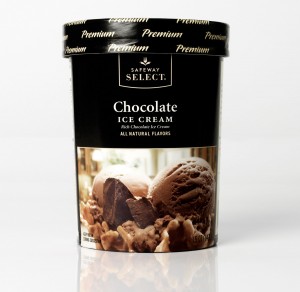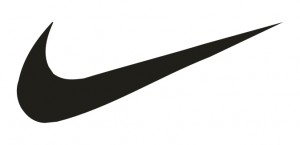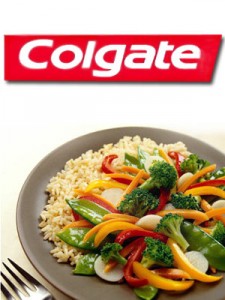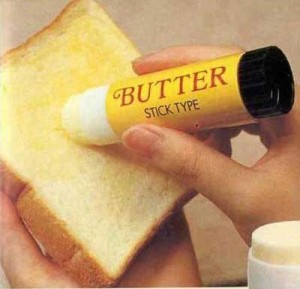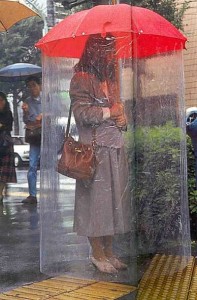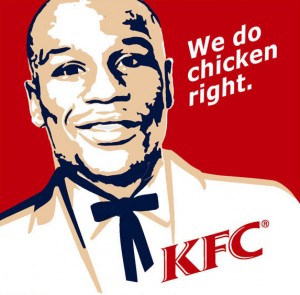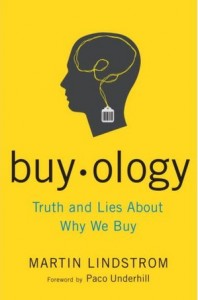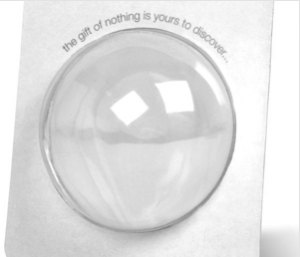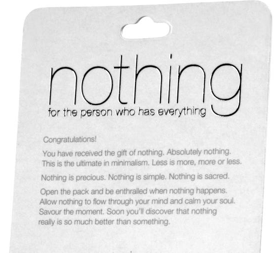Recently I have been following the MarketingProfs Daily Fix Blog (http://www.mpdailyfix.com/), and have encountered a post that is very relevant to what we have been learning about Branding Strategies and Supply Chain Management.
The post talks about how private label store brands are starting to employ quality graphics and simple brand communication in their packagings in order to distinguish themselves from other products as well as to attract more customers, just as manufacturers do from each other. The post then talks about a recent article in Greener Package titled “Safeway brings a custom package shape to private label—with cost savings” which suggests how store brands packaging could drive corporate initiatives –
“Always a ground-breaker, California grocer Safeway Foods has debuted a new 48 oz. package structure for its signature ice cream brands. The new poly-coated paperboard containers reduce transportation, inventory, and warehouse costs because of their slimmer, tapered design. Upshot: It’s cheaper to ship Safeway’s ice cream brands to its distribution centers and stores.”
According to the blog post, there are several benefits for retailers to have their own private label brands along with increasingly sophisticated packagings:
- A marketing tool
- Drive corporate initiatives
- Could possibly reduce transportation, inventory, and warehouse costs if carefully designed
- Cutting in-bound transportation costs
However, there is undoubtedly a down side for having retailers to design unique and attractive packagings for their own products. I believe that the biggest disadvantage is that they would need to hire engineers as well as graphic designers to help design the new packagings, which may incur significant costs.

